Related Tags
The Guitar Gear Used by Tony Iommi on Black Sabbath’s Debut Album
It’s perhaps the most important 12 hours in the history of metal, but the gear that Tony Iommi used to create the blueprint for the genre was equally unconventional…
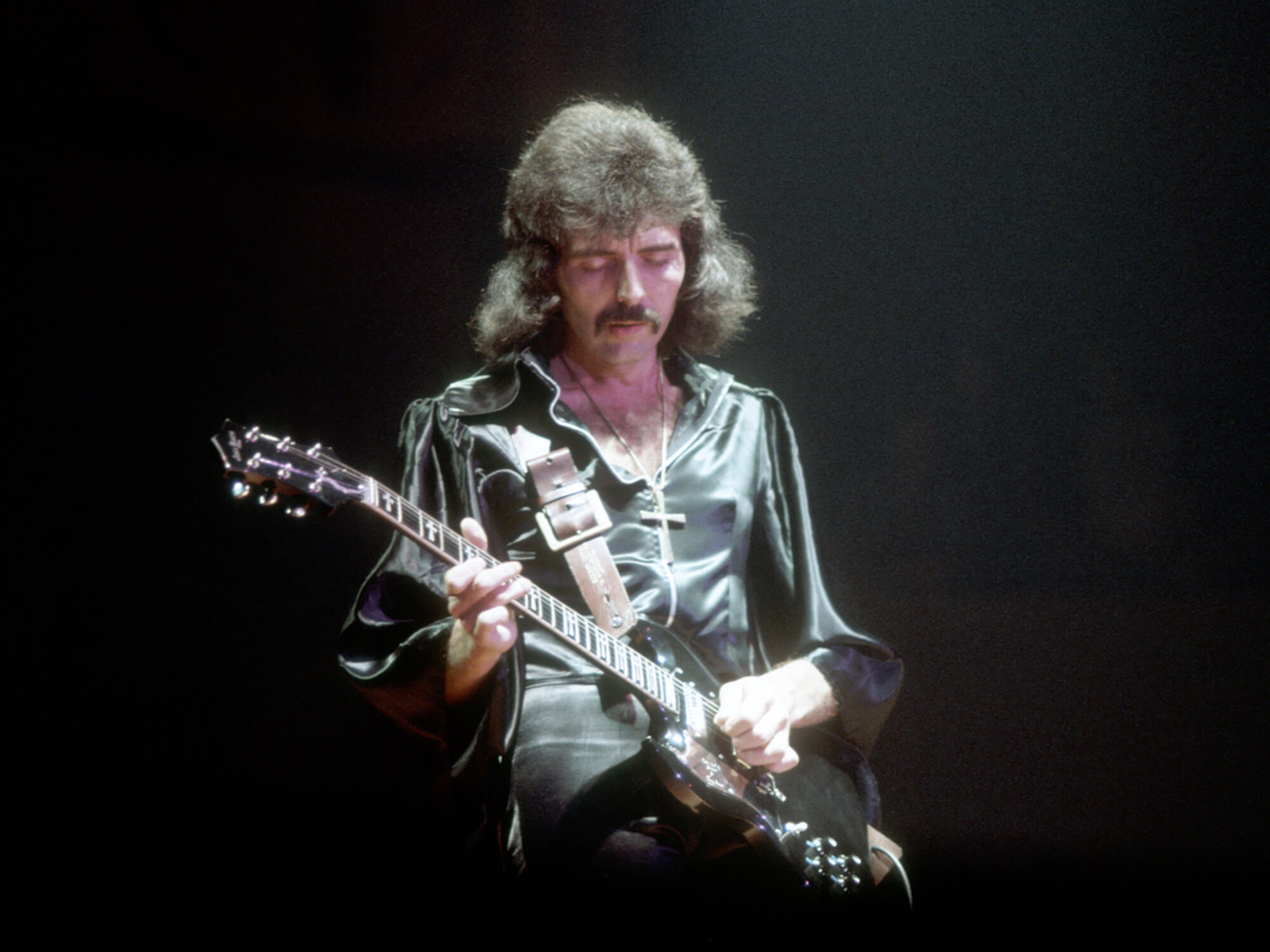
Tony Iommi performing with Black Sabbath in 1970. Image: Michael Ochs Archives/Stringer via Getty Images
Black Sabbath’s debut album remains one of the most influential records of all time – an album that would shape one of the most vibrant and diverse genres in the history of guitar music – heavy metal. Yet this remarkably influential album was, according to Tony Iommi, recorded over a single twelve-hour session on 16 October 1969.
The musicians involved have of course become icons and legends in their own right, but the gear used by Iommi to shape the sound of heavy music in its purest form is equally important and worth digging into.
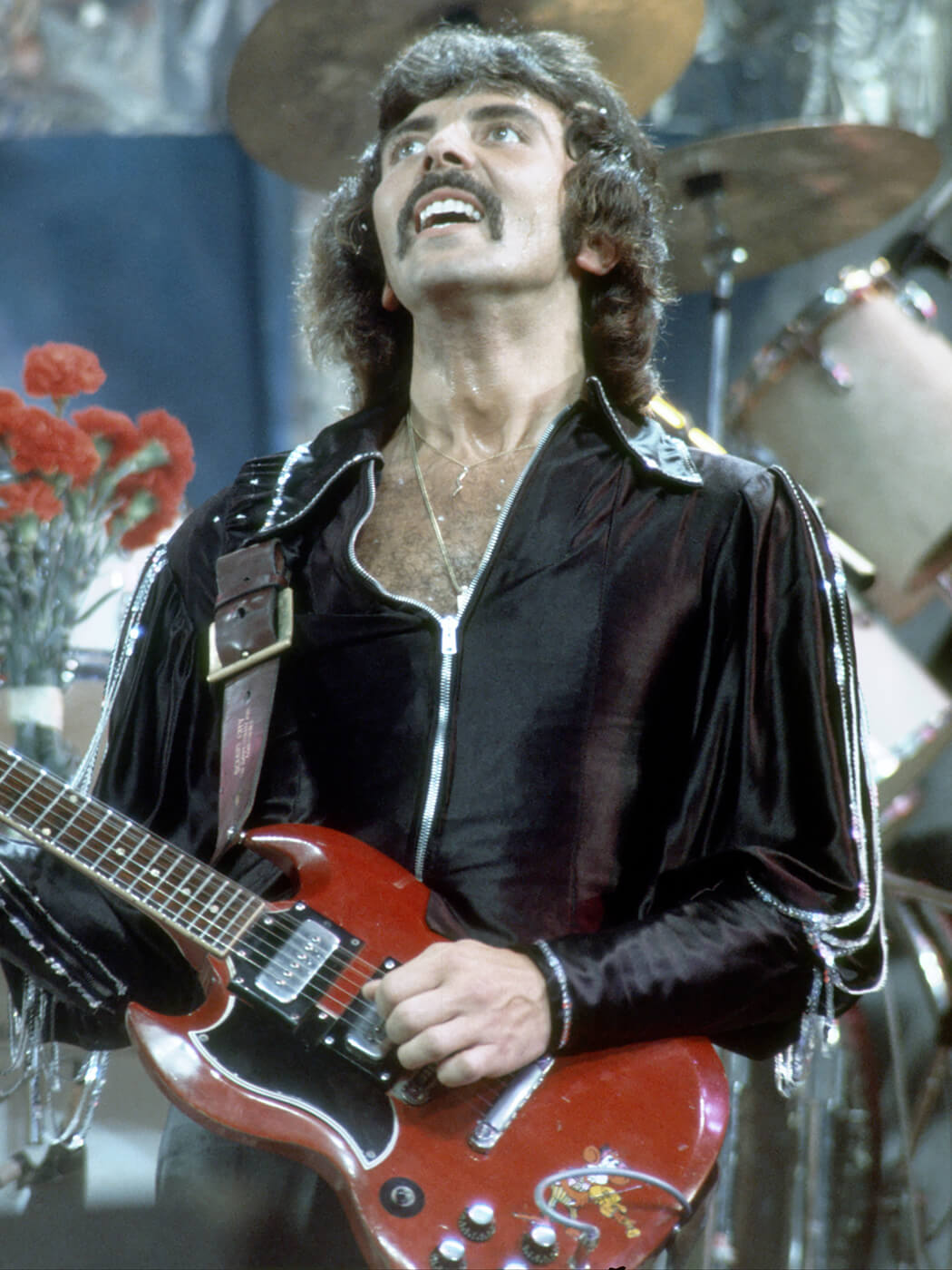
The Guitars
When Iommi entered the studio to record the Black Sabbath’s debut album, he had two guitars, a Stratocaster and a backup Gibson SG. We know that at some point he had a right handed SG that he traded to a right-handed guitar player who had a left-handed SG, and that left-handed SG is now known as “Monkey.” However, it remains unclear if it was the left-handed Monkey used on the first Sabbath album or the right-handed SG. In either case, it would have been a stock SG Special with P-90 pickups.
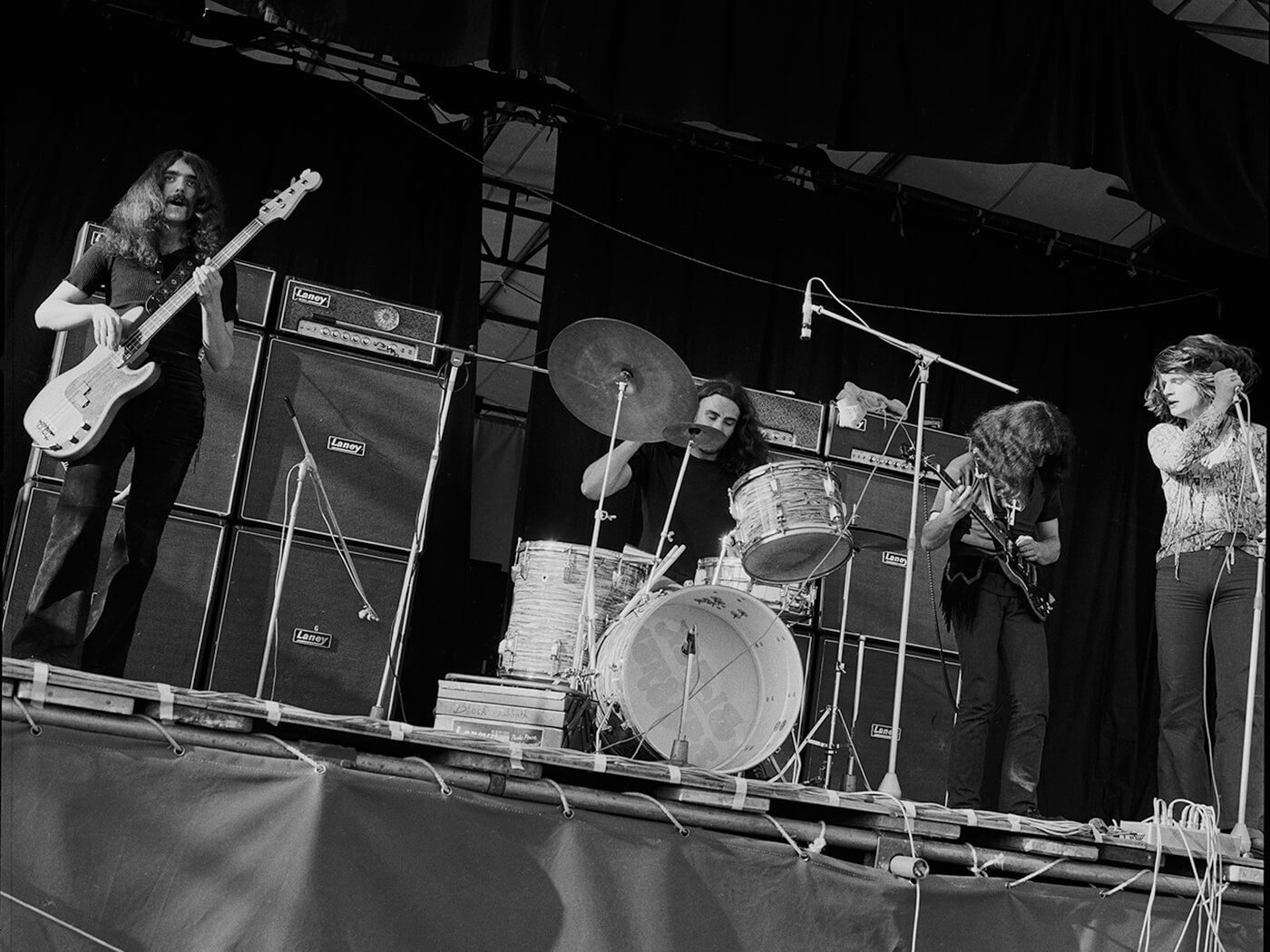
The Amps
As for amplifiers, Iommi was using a Laney LA100 BL at the time of the recording. Laney’s tone wizard, Simon Fraser-Clark had this to say of those old amps, “…the original Laney LA100 BL amps Tony was using in 1967 were super-simple: very, very unsophisticated. Single-channel, very little gain, with a quartet of EL34s in the power section.”
Just because the amps were simple didn’t mean they weren’t special. These amps were known to have a very specific quality to them when the output section becomes saturated – as Simon explains further, “…there was this sub-undertone, which as soon as you notice it’s there it becomes really obvious. When you bend, it doesn’t track properly – it gives you this weird oscillation that then catches up to the note.” The output transformers were Partridge box-frame transformers in the early models.
There are some who claim that Iommi used a 50-watt Marshall on the first album, and while it’s true that Iommi had been using a Marshall, he states that the tones on the debut record were that of the Laney in an interview with MusicRadar:
“I think I was using Marshall early on, and then Laney on the first album, but when we first wrote [Black Sabbath] songs, I was using a Marshall 50-watt. I switched to Laney because they started up around the same time as us, and they’re a Birmingham company. To be honest, they offered to give us all this gear when nobody else did. What do you say to that? ‘Okay!’ So I used them.”
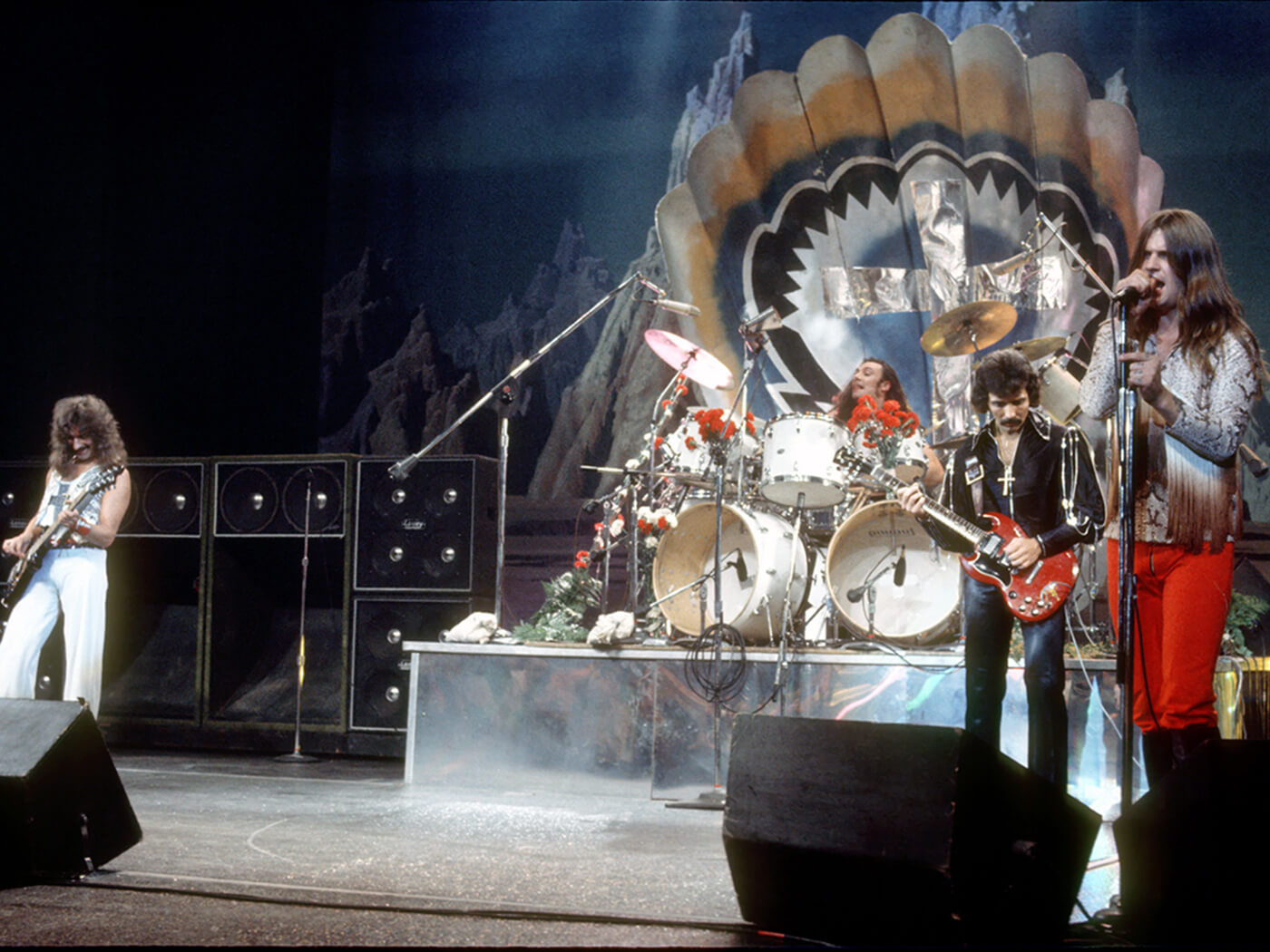
Effects
Iommi wasn’t one for a lot of effects back in the early days, but he did have a few that he relied on. The main one was a Dallas Arbiter Rangemaster to drive his signal into his amp harder. The Rangemaster was also used by Rory Gallagher, Marc Bolan, and Brian May. While the Rangemaster’s circuitry was quite simple, consisting of one germanium transistor, four capacitors, three resistors, and a battery, Iommi’s unit, specifically, was said to have been modded prior to the recording of the first Sabbath album.
He used this effect from the very start of Sabbath until 1982. It had reportedly been modified by the brother of his guitar player in his pre-Sabbath band. Unfortunately, Iommi never opened up the unit to determine what the modification was, and in 1982, he got a new tech who updated his entire rig, and the Rangemaster was lost to the sands of time.
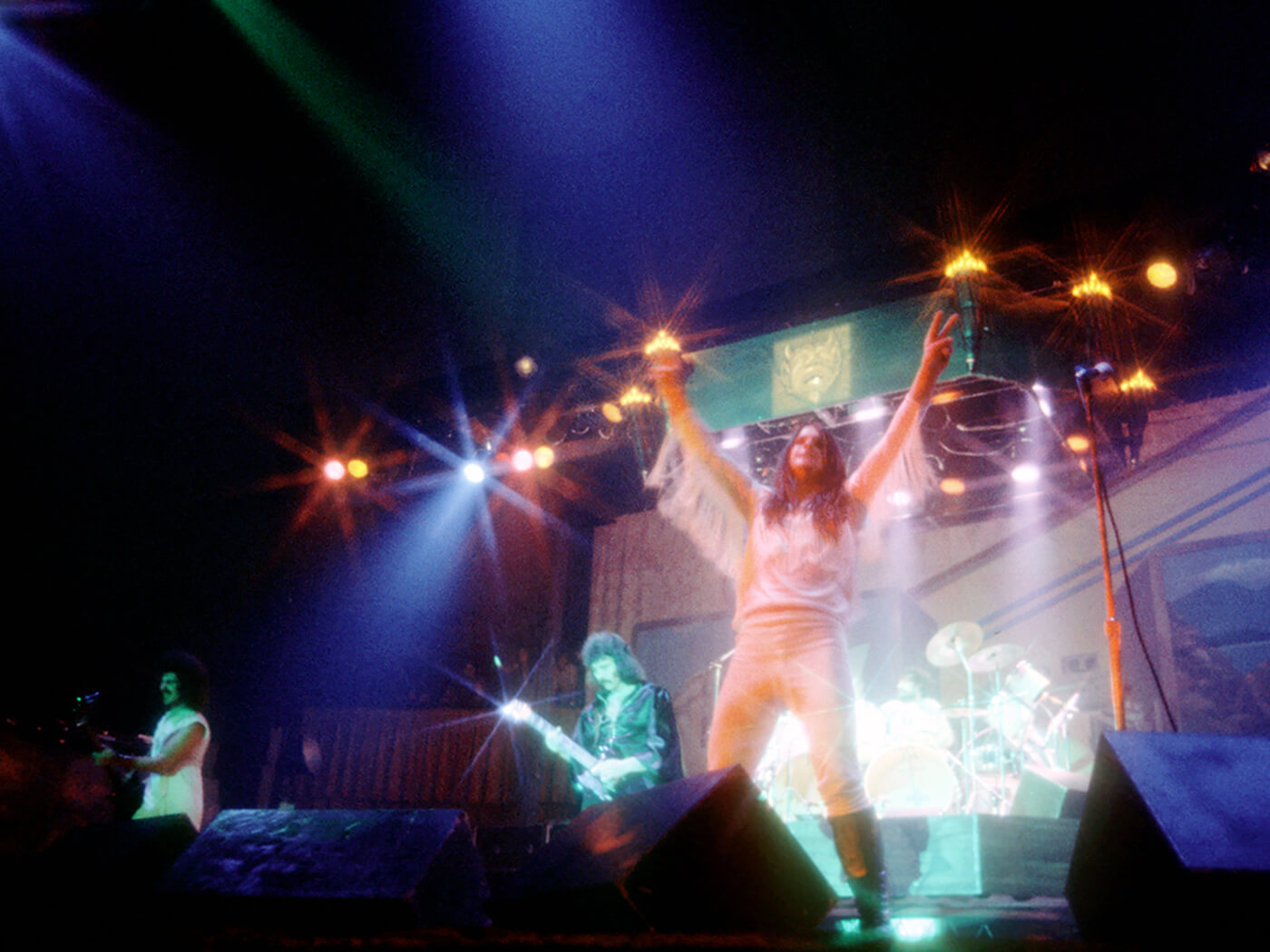
The Search For The Lost Mod
In the early 90s, Laney set out to recreate the iconic tones on the first record with an Iommi signature amp. They knew the Rangemaster was an integral part of the tonal sculpture. So, they kept modding the circuit in different ways and then sent it to Iommi, who would tell them if that was correct or not. Eventually, after a lot of trial and error, they believe figured out what the mod was.
They determined that the mod in Iommi’s Rangemaster was a simple swapping out of capacitor values – essentially changing it from a treble boost to a full-range boost. This would have been an easy enough mod to do at home with a modest amount of experience. Of course, today, you can now get that same tone from the Laney TI-Boost pedal.
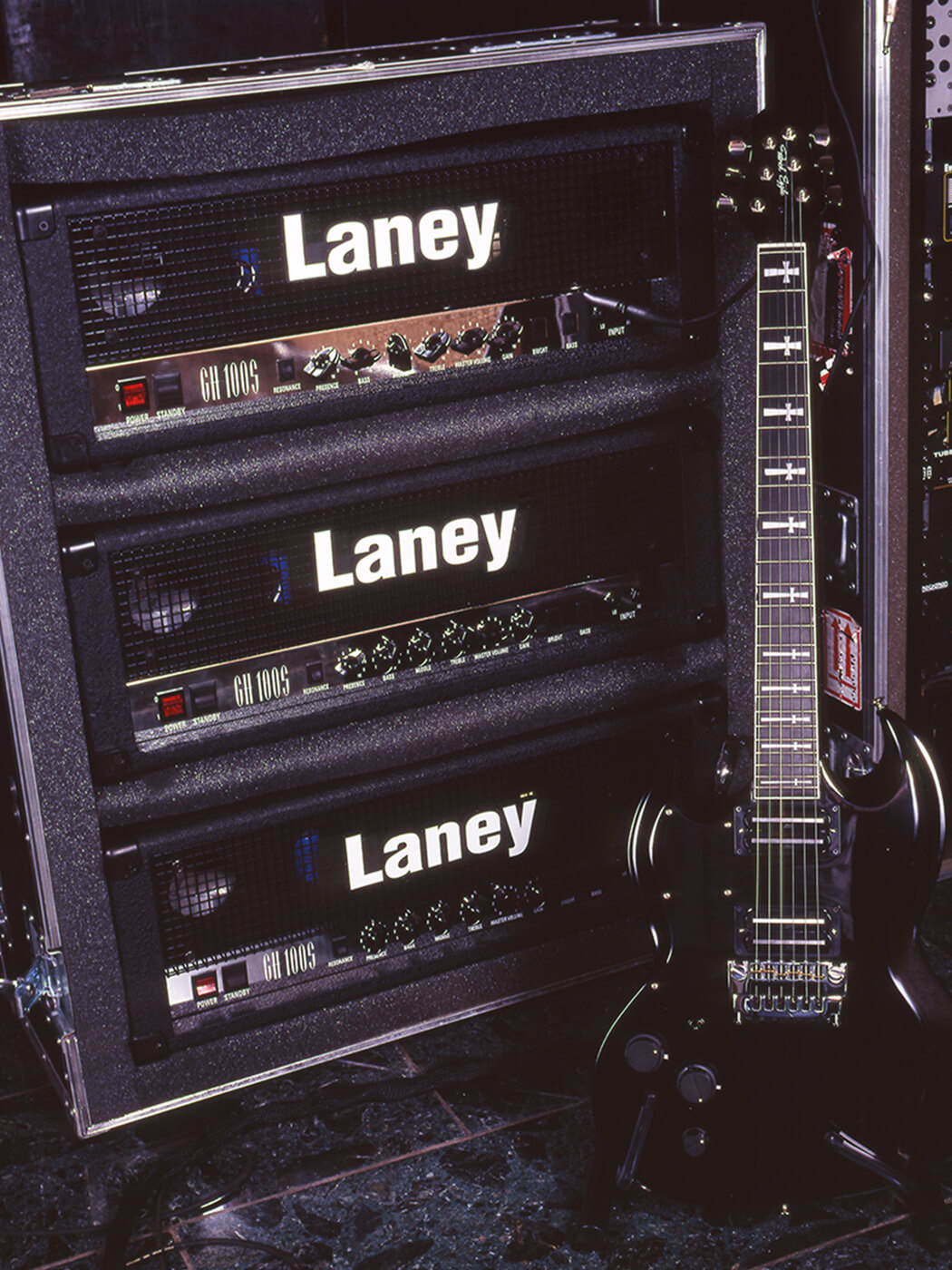
Iommi explained the origins of his Rangemaster mod in the aforementioned interview with MusicRadar,
“When I lived in Cumberland when we did the Mythology thing [Iommi’s earlier band], there was a guy up there, and I used to use his treble booster called a [Dallas] Rangemaster to give my sound a bit more ‘oomph.’ A guy from another band up there said, ‘I can make that sound better for you.’ So he took it off me and brought it back the next day. I don’t know what he did to it, but it was really good. I used that treble booster on all the early Sabbath albums and put it into the Laney because it boosted the input and gave it the overdrive I was looking for, which amps in the early days didn’t have.
“I used that treble booster up until 1979, when I had a guy come in to build me some Marshalls. They gave me a whole stack of Marshalls and this guy came in and rebuilt them. In the meantime, while he was building these things, he threw my treble booster away. I didn’t know until it came to the time when I was looking for it, and he said, ‘Oh, that? I threw it away. It was crap.’ I couldn’t believe it. I’ve never seen it from that day on, and my amps didn’t sound right without it.”
There is also a bit of mystery over the wah sound on the album. After getting input from many people within the Sabbath camp, including Tony Iommi himself, nobody seems to know what wah was used on the album. However, it was shared between Geezer and Iommi and when they made Geezer’s signature wah, they did it by ear from the first album – as with many things from this era of music, the facts are lost to the sands of time, but the ears of the people who were in the room are a pretty good secondary source!
